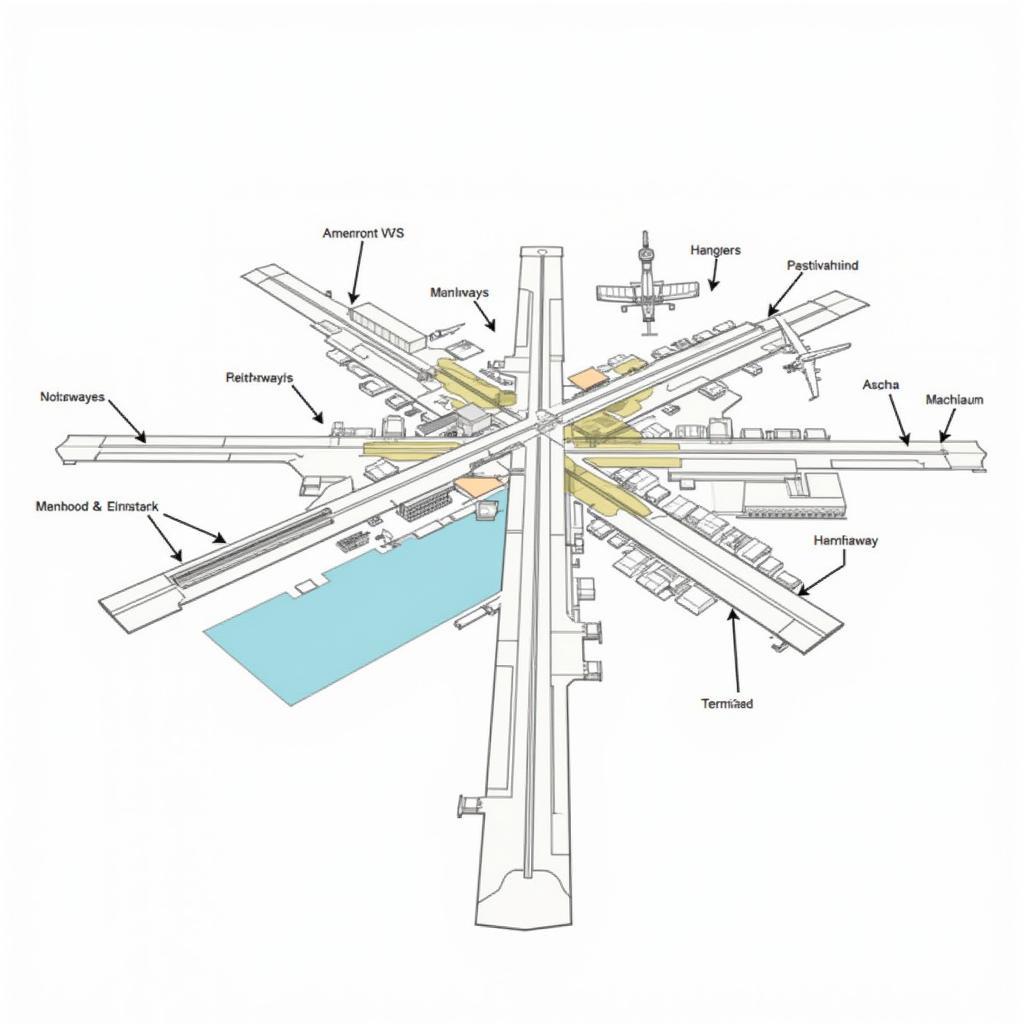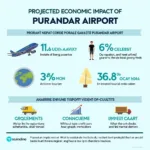Navigating the world of aviation can be confusing, especially when searching for specific locations like “1 Aviation Circle National Airport.” This guide aims to clarify what this term refers to, explore related airport concepts, and provide valuable insights into airport operations and the aviation industry. Let’s delve into the fascinating world of airports and uncover the meaning behind this specific search term. After reading this article, you’ll have a better understanding of airport terminology and operations.
Understanding “1 Aviation Circle National Airport”
The phrase “1 Aviation Circle National Airport” doesn’t denote a specific, universally recognized airport. It’s more likely a generic term used in hypothetical scenarios or training materials. Often, addresses like “1 Aviation Circle” are used as placeholders in examples related to airport operations, regulations, or software systems. While no actual airport bears this exact address, understanding why it’s used helps illuminate how airports are structured and addressed. Similar placeholder addresses are often used in other industries for illustrative purposes. Just like you might see “123 Main Street” used in a generic example, “1 Aviation Circle” serves a similar purpose in the aviation context. This allows for clear explanations without referencing a real airport, potentially simplifying complex concepts for educational purposes.
Airport Addressing and Identification
Real-world airports are identified and located through specific systems. Instead of street addresses, they primarily rely on IATA (International Air Transport Association) and ICAO (International Civil Aviation Organization) codes. IATA codes are three-letter identifiers used for ticketing and baggage handling (e.g., DCA for Ronald Reagan Washington National Airport). ICAO codes are four-letter identifiers used for air traffic control and other operational purposes (e.g., KDCA for the same airport). These codes are unique to each airport and are crucial for efficient global air travel. Beyond these codes, airports also have physical addresses for administrative purposes, but these are rarely used for navigation or flight planning. Much like airport symbol on map, these codes contribute to a standardized system for identifying and locating airports worldwide.
Typical Airport Layout and Components
Airports, whether large international hubs or small regional airfields, share common components. These include runways and taxiways for aircraft movement, terminals for passenger processing, hangars for aircraft storage and maintenance, and control towers for air traffic management. Understanding this layout helps visualize the hypothetical placement of a building at “1 Aviation Circle” as potentially housing administrative offices or other central airport functions. The strategic positioning of these components is essential for smooth and safe airport operations.
 Diagram of Key Airport Components
Diagram of Key Airport Components
The Importance of Airport Operations
Efficient airport operations are critical for the entire aviation ecosystem. They ensure the safe and timely movement of aircraft and passengers, facilitate cargo handling, and contribute to the economic impact of air travel. Understanding the complexities of airport management, from ground handling to air traffic control, is key to appreciating the hypothetical context of “1 Aviation Circle National Airport.” Effective communication and coordination between various airport stakeholders are crucial for seamless operations. Much like the intricacies involved in aag investments ltd v baa airports ltd, efficient airport operations require careful planning and management of resources.
Careers in Aviation
The aviation industry offers a diverse range of career paths, from pilots and air traffic controllers to airport managers and ground crew. If “1 Aviation Circle National Airport” sparked your interest in aviation, exploring these career options could be your next step. The industry demands skilled professionals to maintain its complex operations and ensure safe and efficient air travel.
 Collage of Different Aviation Careers
Collage of Different Aviation Careers
Conclusion
While “1 Aviation Circle National Airport” isn’t a real place, it serves as a useful starting point for understanding airport terminology and operations. By exploring the components of airports and the importance of their efficient functioning, we can better appreciate the complexities of the aviation world. This understanding can also inform our searches for real-world airport information and inspire further exploration of this dynamic industry. Remembering the function of placeholder terms like this can enhance our understanding of aviation concepts. Like understanding the unique aspects of maho beach airport, exploring airport operations provides a glimpse into the fascinating world of aviation.
FAQs
-
What does “1 Aviation Circle National Airport” mean? It’s a generic term, not a real airport, used in examples related to airport operations.
-
How are airports identified? Primarily through IATA and ICAO codes, not street addresses.
-
What are the main components of an airport? Runways, taxiways, terminals, hangars, and control towers.
-
Why are efficient airport operations important? They ensure safe and timely air travel and contribute to the economy.
-
What are some careers in aviation? Pilots, air traffic controllers, airport managers, and ground crew, among others.
-
How can I find information about a specific airport? Use its IATA or ICAO code to search online or consult airport directories.
-
Where can I learn more about airport operations? Aviation industry publications, online resources, and educational programs.
For further information on airport-related topics, you might find these articles helpful: about cheyyur airport from ndtv and aberdeen international airport linkedin.
If you need assistance or have any questions, please don’t hesitate to contact us. Call us at +13089626264, email us at [email protected], or visit us at 404 Bothwell St, Oxford, NE 68967, USA. Our customer service team is available 24/7.
